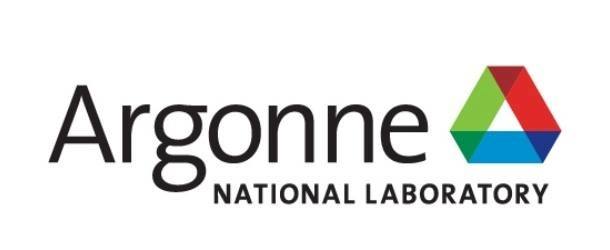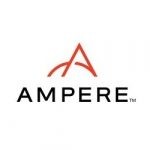Argonne-led research team provides a blueprint for class of materials emerging as key in quantum science: crystals with defects

(DOE.ScienceSource) Researchers at the U.S. Department of Energy’s Argonne National Laboratory, the University of Chicago, and institutions in Japan, Korea and Hungary have provided a blueprint for a class of materials that is quickly emerging as an important player in quantum science: crystals with defects.
The defects — irregularities deliberately embedded in the crystal’s structure — act like a trap for quantum particles. In their most fundamental form, these systems are known as qubits, the basic unit of quantum information.
The article’s lead author David Awschalom, Argonne senior scientist, the University of Chicago Liew Family professor in molecular engineering and physics, and director of the Chicago Quantum Exchange. “We’re moving quantum science into the realm of usable, scalable devices. Developing quantum materials is foundational to that effort.”
The research team’s blueprint is the result of 10-plus years of research on solid-state spin defects.
“This can be a resource for people coming into the field or are curious about it — graduate students, postdocs, people writing research proposals,” said co-author Giulia Galli, a scientist at Argonne and professor at the University of Chicago. “Having this set of guidelines means they won’t have to reinvent the wheel. They can use this guide to consider how we think about qubits and all the intricate properties they have.”
And who knows — the team’s blueprint may become one chapter in a future qubit compendium that encompasses the full breadth of quantum materials.
A mashup of “quantum” and “bit,” the qubit corresponds to the traditional computing bit. Its physical realization can take on a variety of forms: It might be a lab-made molecule. Or it could be an electron traveling in a specialized superconducting circuit.
It could also be a particle of light trapped in a defect deep inside a fleck of diamond. This defect-in-a-crystal family of materials is the focus of the Awschalom team’s study, and they go by a fancy name: solid-state spin qubits. (The term spin refers to a quantum property of an electron that scientists manipulate to process information. Solid-state materials comprise insulators or semiconductors, such as diamond or silicon.)
“One advantage of a semiconductor qubit is that you can potentially leverage many of the solid-state technologies that are readily available from the semiconductor industry: integrated devices and circuits and the nanofabrication and processing that comes with solid-state systems,” Awschalom said.
The development of practical qubits is key to a quantum future. In the Awschalom team’s handbook on solid-state spin qubit materials, researchers lay out their properties, engineering considerations and potential applications.
“We aimed to be materials-agnostic. We aren’t making direct suggestions about what materials one should use in developing quantum devices,” said co-author F. Joseph Heremans, a scientist at Argonne and University of Chicago. “Instead, we’re saying that, if you’re thinking about designing these devices from the ground up, these are the properties and behaviors you’ll want to consider.”
Both the host material and the defect are taken into consideration.
“It highlights the intricate interplay between the defect and the host material and the complex properties that need to be balanced for specific applications,” Heremans said.
For instance, many quantum communication devices are designed to be compatible with today’s telecom fiber optics, which send and receive infrared signals. Qubit materials that transmit light in the infrared spectrum, rather than the visible-light range, are better suited to such devices.



















